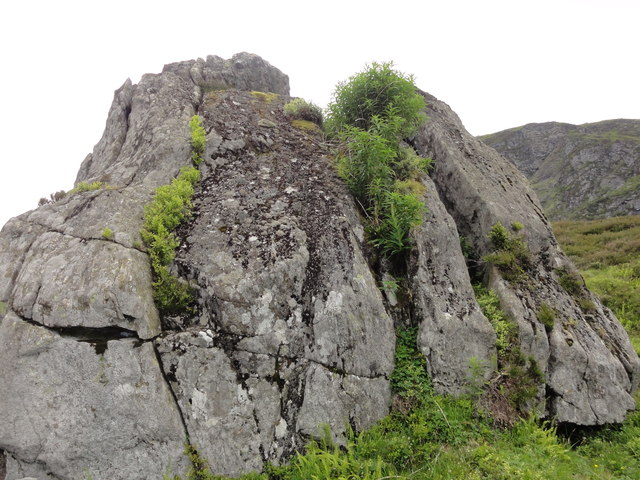What is Biological Weathering?
Types of Biological Weathering
1. Plant roots:- Some tree grow within a rock, such plant activity contributes to biological weathering. The roots of plants and trees penetrate into the soil in search of nutrients and water. As the roots penetrate the soil, they go through cracks or joints in the rocks and as they grow they progressively crack the rock apart. Bigger growing roots can also exert pressure on the adjacent rocks. Some plant roots also emit organic acids that aid to dissolve the rock’s minerals.
2. Microbial activity:- Microscopic organisms like algae, moss, lichens and bacteria release organic acids. This alters rock’s chemical composition and slowly breaks down the outer layer of the rock.
3. Burrowing animals:- Some animals such as moles, squirrels and rabbits have the capability to create fissure in rocks.But creating a fissure, these animals suck up the nutrients from the rock. Slowly it breaks the rock into big pieces.
4. Human activities:- Human activities involved agricultural activities, mining, construction etc… involves man-made fragmentation of rocks and soil. These activities create create cracks in rocks and they end up breaking them.
